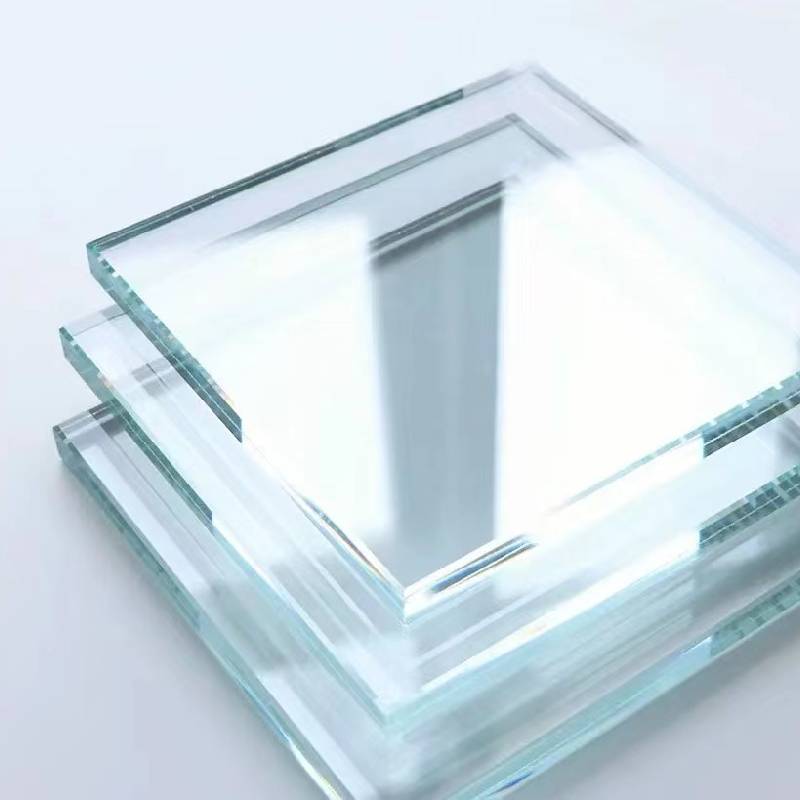

Exploring the Cost of Glass A Transparent Perspective
Glass has been a ubiquitous material in our lives, found in everything from windows and bottles to advanced technology displays. Its utility and aesthetic appeal have made it a staple in construction, manufacturing, and everyday consumer products. However, the cost of glass can vary significantly depending on various factors such as type, production methods, and market demand. In this article, we will explore the different aspects that contribute to the cost of glass.
Exploring the Cost of Glass A Transparent Perspective
The production methods employed also significantly influence the cost of glass. Traditional glass manufacturing involves melting down raw materials such as silica sand, soda ash, and limestone in large furnaces, which can be energy-intensive and costly. In contrast, advancements in technology have led to the development of more efficient production methods. For instance, the use of recycled glass, or cullet, can reduce energy consumption and raw material costs, thus lowering the overall price of the final product. However, while incorporating recycled materials is beneficial for the environment and can reduce costs, it may also have an initial investment barrier for manufacturers to set up the necessary processes.

Market demand and economic factors cannot be overlooked when discussing glass costs. The construction and automotive industries, for example, are major consumers of glass, and fluctuations in these sectors can directly impact glass prices. During economic booms, increased construction activity can drive up demand for glass, resulting in higher prices. Conversely, during economic downturns, reduced demand may lead to price drops. Global trade policies, tariffs, and the availability of raw materials also play a role in shaping the cost landscape.
Geographical location can further influence glass prices. Manufacturers in regions with abundant raw materials may have lower production costs compared to those in areas where materials need to be imported. Additionally, transportation costs can add another layer of expense when distributing glass products over long distances.
Finally, sustainability has emerged as a significant concern in the glass industry. As consumers become more environmentally conscious, demand for sustainable glass products has risen. Companies are increasingly investing in eco-friendly practices, such as using renewable energy sources and optimizing recycling processes. While these initiatives may lead to higher upfront costs, they often result in long-term savings and a positive brand image that can justify the investment.
In conclusion, the cost of glass is influenced by a complex interplay of factors, including the type of glass, production methods, market demand, geographical factors, and sustainability efforts. As technology and consumer preferences evolve, the glass industry continues to adapt, showcasing the material’s versatility and essential role in modern society. Understanding these various elements can provide valuable insights for consumers and manufacturers alike, ensuring that we make informed decisions in an ever-changing marketplace. Whether it’s for a simple window or a high-tech display, the price of glass reflects the intricate processes and considerations behind this transparent yet vital material.